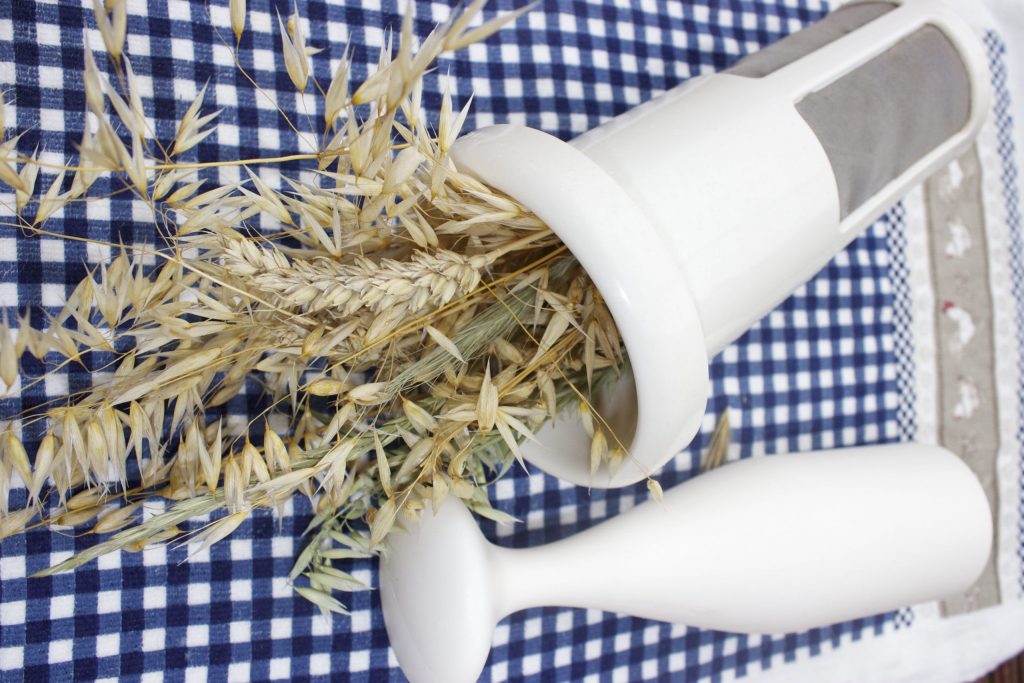
Many people are surprised when they first make oat milk with Vegan Milker. The homemade milk is denser than the industrial version (the one in brick) and when you heat it up, the natural version gets even thicker… “Why is this happening? Am I doing it right?” they ask. The answer is yes. To better understand what’s happening we answer the following question:
Why does homemade oat milk thicken?
Oats, just like chia and flax, contain a type of fiber called mucilage that acts as a natural thickener. Mucilage is activated by heat and prolonged soaking. In the process of making industrial plant milk, when the drink is subjected to the pasteurization process many nutrients in the seed disappear or are transformed.
In the process of pasteurization, the mucilage in the oats breaks its complex fibrous sugar chain and is transformed into simple sugars, which we know as glucose. For this reason, industrial oat milk, besides being very sweet, has completely lost the thickening capacity provided by the natural fiber.
Anyway, if you are looking for a lighter texture, it is very easy to get it.
Practical advice for controlling the viscosity of oat milk:
In the oat milk basic recipe we propose to use 50gr of rolled oat for one liter of hot water between 60-70º (plus the flavourings: salt, dates, cinnamon, coconut, cocoa, etc.)
When we respect the basic proportions, we obtain a full-bodied milk, denser than the industrial one, but it will not thicken exaggeratedly when we heat it up to drink.
Most people fall in love with this recipe, and more with its traditional version with a little cinnamon and lemon zest, but if you are looking for a less dense and more liquid or lighter oat milk, pay attention to the ideas we have been collecting thanks to the Vegan Milker community’s collaborations.
What can I do to make oat milk more liquid?
- Trick 1: Lower the processing temperature. Replace hot water (60ºC) with warm water (30ºC) or natural water. The thermal change reduces the activation of the mucilage and allows us to obtain lighter milk. The lower the water temperature, more liquid will be the milk.
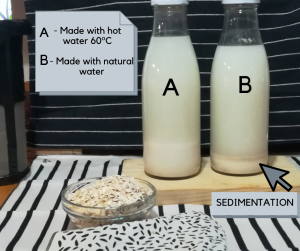 Trick 2: LawRight method, reduce the amount of oats: This collaborator, in her searching for the perfect oat milk, besides using natural water, proposes us to reduce the measure of oats to 40 gr (3 spoonful) and add 1 pitted date, cinnamon and salt. In both cases, the more liquid the resulting milk is, more evident becomes the sedimentation. We will see that after a few minutes the oats go to the bottom and separate, so you have to shake well before serving. With hot water at 60ºC, however, when the fiber is activated, the result is a creamier milk that does not sediment so much and remains more bound. But, don’t worry because we also have a trick to avoid sedimentation. Sunflower lecithin is an ingredient that we have discovered thanks to Peter, which serves to improve the emulsion and prolong the conservation of the milk.
Trick 2: LawRight method, reduce the amount of oats: This collaborator, in her searching for the perfect oat milk, besides using natural water, proposes us to reduce the measure of oats to 40 gr (3 spoonful) and add 1 pitted date, cinnamon and salt. In both cases, the more liquid the resulting milk is, more evident becomes the sedimentation. We will see that after a few minutes the oats go to the bottom and separate, so you have to shake well before serving. With hot water at 60ºC, however, when the fiber is activated, the result is a creamier milk that does not sediment so much and remains more bound. But, don’t worry because we also have a trick to avoid sedimentation. Sunflower lecithin is an ingredient that we have discovered thanks to Peter, which serves to improve the emulsion and prolong the conservation of the milk.- Trick 3: Peter Piper method with natural emulsifier: Peter’s proposal, after many trials to find his ideal liquid oat milk is: 1) use cold water, 2) do not soak the oat, 3) do not beat the mixture more than 40 seconds and 4) add a spoonful of sunflower lecithin so the milk emulsifies well and does not separate during the rest.
The key is to play with the temperature of the water and the quantity of rolled oats until you find the ideal texture for each taste. Small variations offer very different results.
I would like a more concentrated milk. How do I get it?
We can add up to 100 gr of rolled oat per liter of water. The water should be natural, as 100 g of oats when heated can generate too much thickness. For the same reason, in this concentrated version, great care must be taken when heating up the milk so that it does not become a pudding.
There are several alternatives for all tastes. A few years ago, we published an article encouraging the replacement of water with teas providing milk with the medicinal properties of interesting aromatic herbs and special flavours.
Personally, and out of habit, I am making versions, one day with massala tea, another day adding sunflower seeds, another day with a teaspoon of sesame… as you can see, it depends on the tastes of each one and what we feel like at each moment. I encourage you to experiment until you find your favourite.
Let’s continue to clarify the usual doubts about homemade oat milk:
Do we have to soak the oat before making the milk?
It is not necessary to soak the rolled oats to prepare the milk. Soaking also helps to activate the mucilage, but in the case of oats, the effect produced by this route is not very significant.
Could oat milk be made from raw grain?
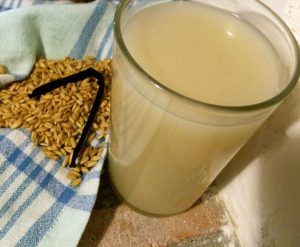
If you are interested in trying the different alternatives you may find the idea of making oat milk from raw grain attractive. After several trials we have achieved a recipe that is highly valued by people who prefer to use raw seed. The result is a creamier and sweeter milk than the one obtained from rolled oat; you may be surprised by the result!
Can oat milk be heated?
Of course, oat milk and all homemade plant milks can be heated up, but be careful how you do it, because there are small details that are crucial to enjoy our milk in good condition.
Let’s heat the milk up in the microwave or in the traditional saucepan, we must avoid it to boil. This is very important, because when oat milk boils, the mucilage is activated, the milk will thickens a lot and lose its liquid texture to become a cream or bechamel. This can be done deliberately depending on the culinary objective we have in mind, but if the idea is to drink the oat milk, it is advisable to heat it up over medium heat and stir the milk well so that the fiber does not stick to the bottom.
Can you cook with oat milk?
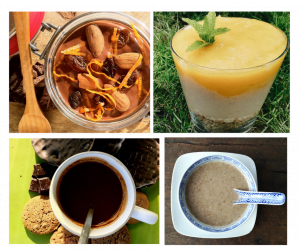
It is a perfect milk for culinary use. It can be used as an ingredient for pasta, biscuits, like any other plant milk.
But unlike others, making the defect its virtue, the mucilage present in oat milk makes it ideal for making a bechamel, a thick chocolate, some custards, or vegetarian creams.
What do we do with the pulp?
Be careful not to forget to use the pulp, as it can be used to prepare a variety of dishes in the healthy cook. We have made a summary of the best recipes in this article entitled “Easy recipes to recycle the leftover oat milk pulpe“.
You already have what you need to make your homemade oat milk, besides being healthy, attractive to the palate. Time to experiment and enjoy the new textures and flavours. Cheers!
| NUTRITIONAL VALUES | x 100 ml | x 250 ml | |
|---|---|---|---|
| Energy value | 19,04 | 47,60 | kcal |
| 79,99 | 199,97 | kj | |
| Fats | 0,24 | 0,59 | g |
| *of wich saturates | 0,04 | 0,11 | g |
| Carbohydrates | 3,83 | 9,58 | g |
| *of wich sugars | 1,46 | 3,66 | g |
| Dietary fiber | 0,73 | 1,84 | g |
| Proteins | 0,45 | 1,13 | g |
| Salt | 0,00 | 0,00 | g |
| VITAMINS AND MINERALS | |||
| Calcium | 8,02 | 20,04 | mg |
| Iron | 0,24 | 0,60 | mg |
| Magnesium | 4,38 | 10,95 | mg |
| Phosphorus | 13,41 | 33,53 | mg |

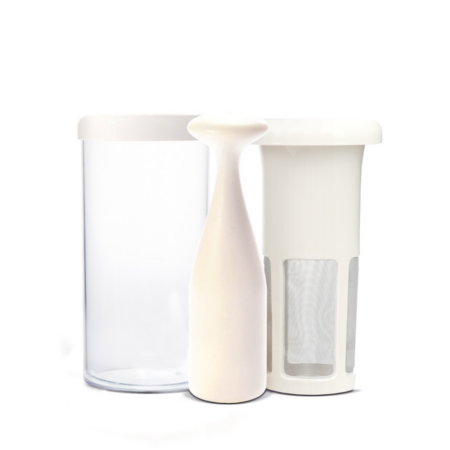
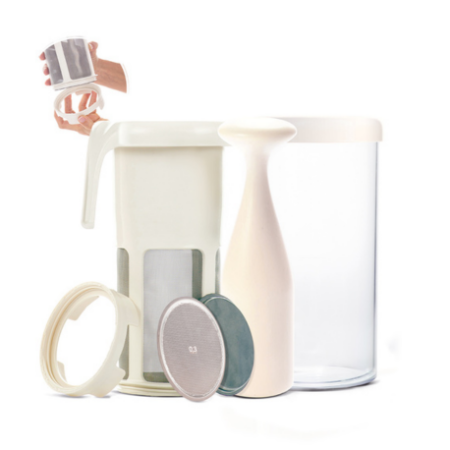
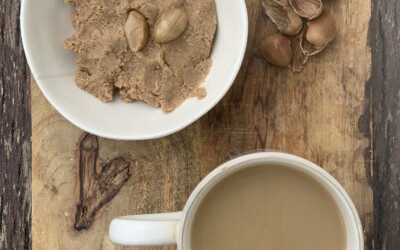
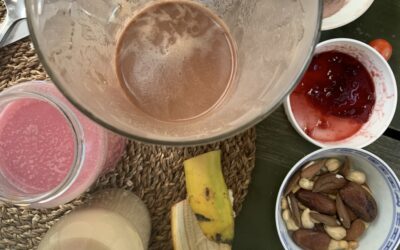
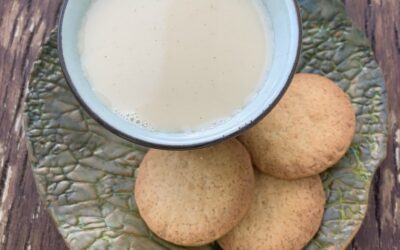
Why does my homemade OATLY style milk separate? Even OATLY says shake before use.
It tastes great but in a cup of tea the sediment naturally settles.
I use two straining methods. Add in the mixing process lemon flavoured rapeseed oil and a handful of cashew nuts.
I notice that OATLY use chalk Calcium Carbonate. In their ingredients. Do you think this is a ‘binding’
element.
Pleased to receive any advice. Thank you. Stay well
how to create Barista plant milk. I mean milk for coffee, which can be foamed up
It’s not easy. Here is an article that could be interesting for you! https://www.plantmilk.org/the-best-vegan-milk-to-use-in-coffee/
@Peter Lawson The calcium carbonate is there as a source of calcium for people who expect their milks to provide a reasonable level of calcium nutrition. It does not act as a binder.
Thanks for your contribution Zelda!
Thank you . So interesting. Where would I get one of the filters you used? I live in the UK?
Many thanks
Hi Helen, you can get one in this website, www.veganmilker.com , we ship the product worlwide 😉 Thanks for your interest!